Best
VIOLIN
STRINGS
GOLD BEST FOR
PROFESSIONAL HIGH-TENSION
STRINGS
-
Overall: Quick Response Time
-
Best Feature: Settles Quickly
-
TedScore™: 9/10
Best
VIOLIN
ROSIN
KAPLAN THE BEST ROSIN ON THE MARKET
-
Overall: The Original Low-Dust Recipe Handed Down From Ladislav Kaplan
-
Best Feature: Premium Case That Is Designed For One-Handed Use
-
TedScore™: 10/10
Best
VIOLIN TUNER
-
Overall: Easily and securely clamps onto your instrument without marring its finish
-
Best Feature: Fastpitch response and high-visibility display
-
TedScore™: 9/10
Your adventure with the violin starts with learning about its strings and the range they cover.
The lowest note on a violin you can coax is found from the G string, which is the thickest of the four strings and vibrates with the deepest pitch.
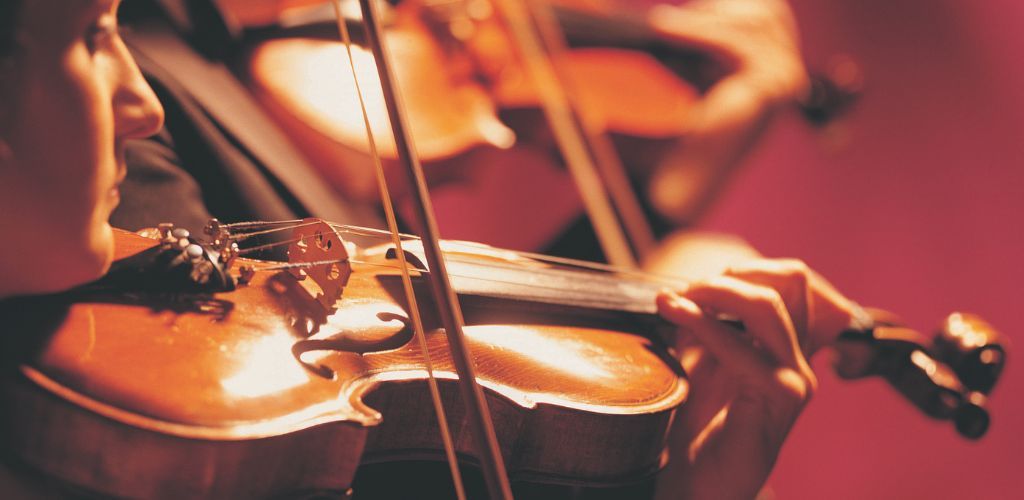
The G string resonates at 196 Hz frequency, setting the foundation for the rich and warm tones that define the lower limits of a violin’s voice.
And the lowest note is… G!
Understanding Violin Notes and Strings
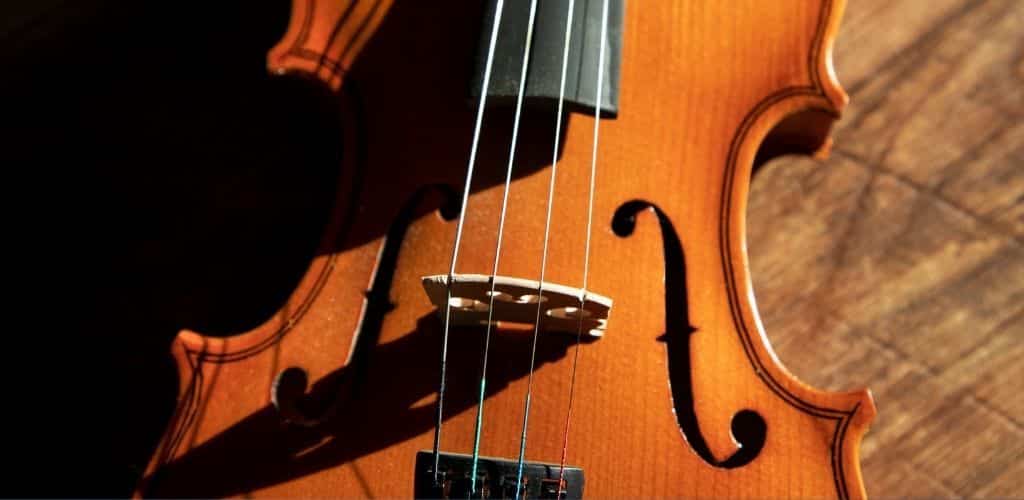
When you start exploring the violin, you’ll soon learn that each string has its personality and range of notes, contributing to the violin’s range.
Becoming familiar with these sounds can make you a veritable violin virtuoso, so let’s pluck into the details!
Violin String Tuning and Note Ranges
Violins are traditionally equipped with four strings, each tuned to a perfect fifth apart.
The strings, from lowest to highest, are G, D, A, and E, meaning you get a broad palette of pitches to play with, contributing to the violin’s range.
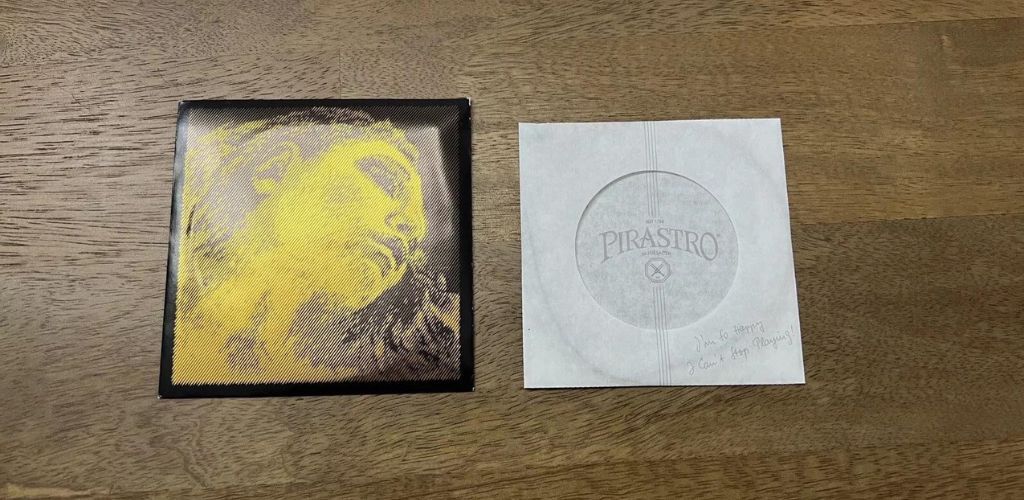
Speaking of strings, The Evah Pirazzi Gold violin strings offer a rich, warm tone with a splendid range of color and dynamic response, truly enhancing my instrument’s solo and orchestral performance capabilities.
Pirastro Evah Pirazzi Gold
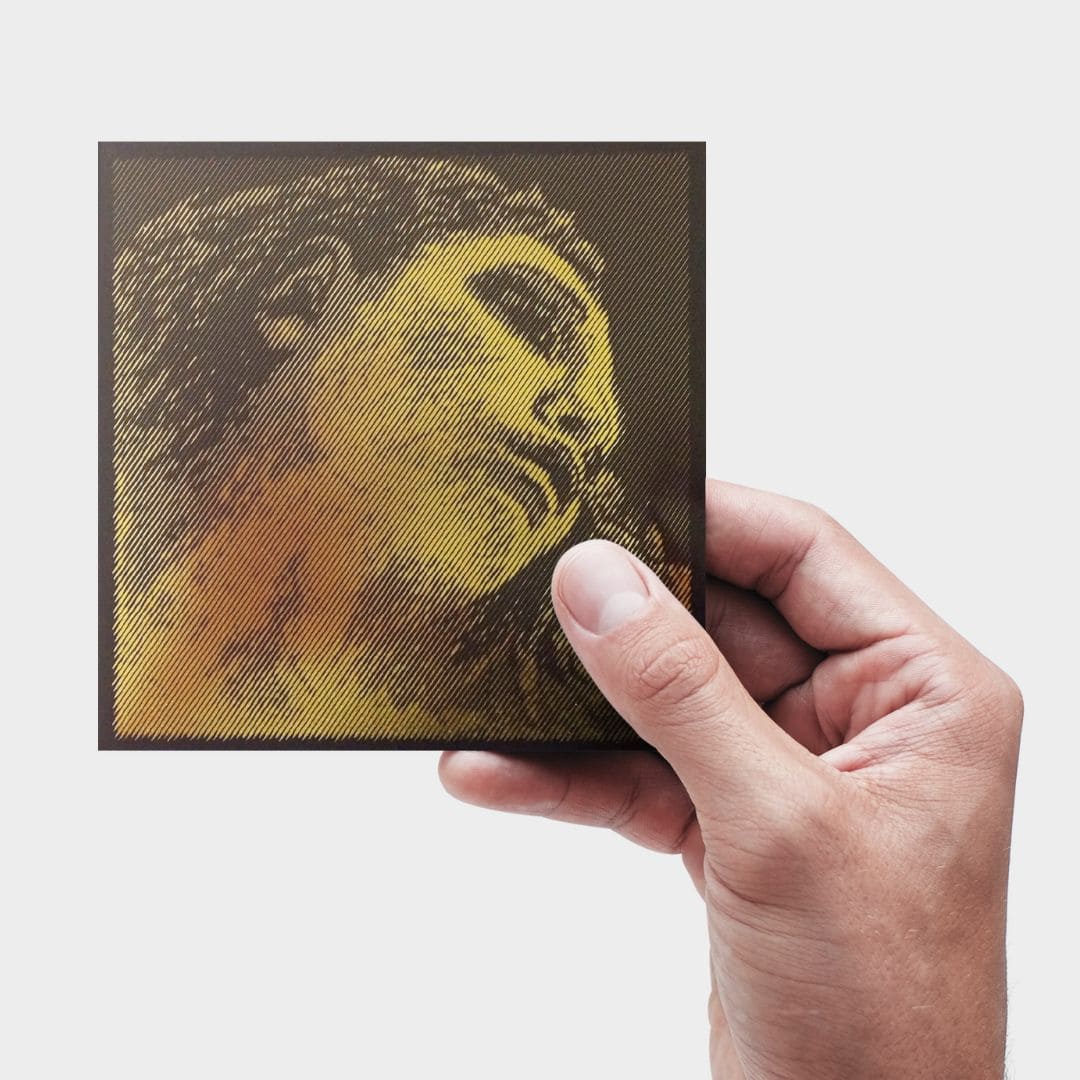
DESIGNED FOR: Projecting loudly
FEATURES: Quick response time
OTHER INFO: Settles quickly
Pirastro Evah Pirazzi Gold
- Settles quickly
- Needs lots of energy and power to play, not for the weak
When you click ‘Check Price’, you’ll see there are loads of great places to buy this item. Our personal favorite is Sweetwater for the US, and Thomann and Gear4Music for the UK & Europe.
They are the largest music retailers, with excellent customer service, competitive prices, really fast shipping, and the longest guarantees.
The professional musician who wrote this article combined many things,
from the product build, manufacturer’s reputation through to feedback
from other users, to create our famous TedScore™.
Just as with other string instruments, your strings need an excellent rosin.
The D’Addario Kaplan Premium Light Rosin has a smooth, grippy application that enhances bow articulation and tone production without compromising clarity. It is a staple of my professional performance.
D'Addario Kaplan Premium Light Rosin
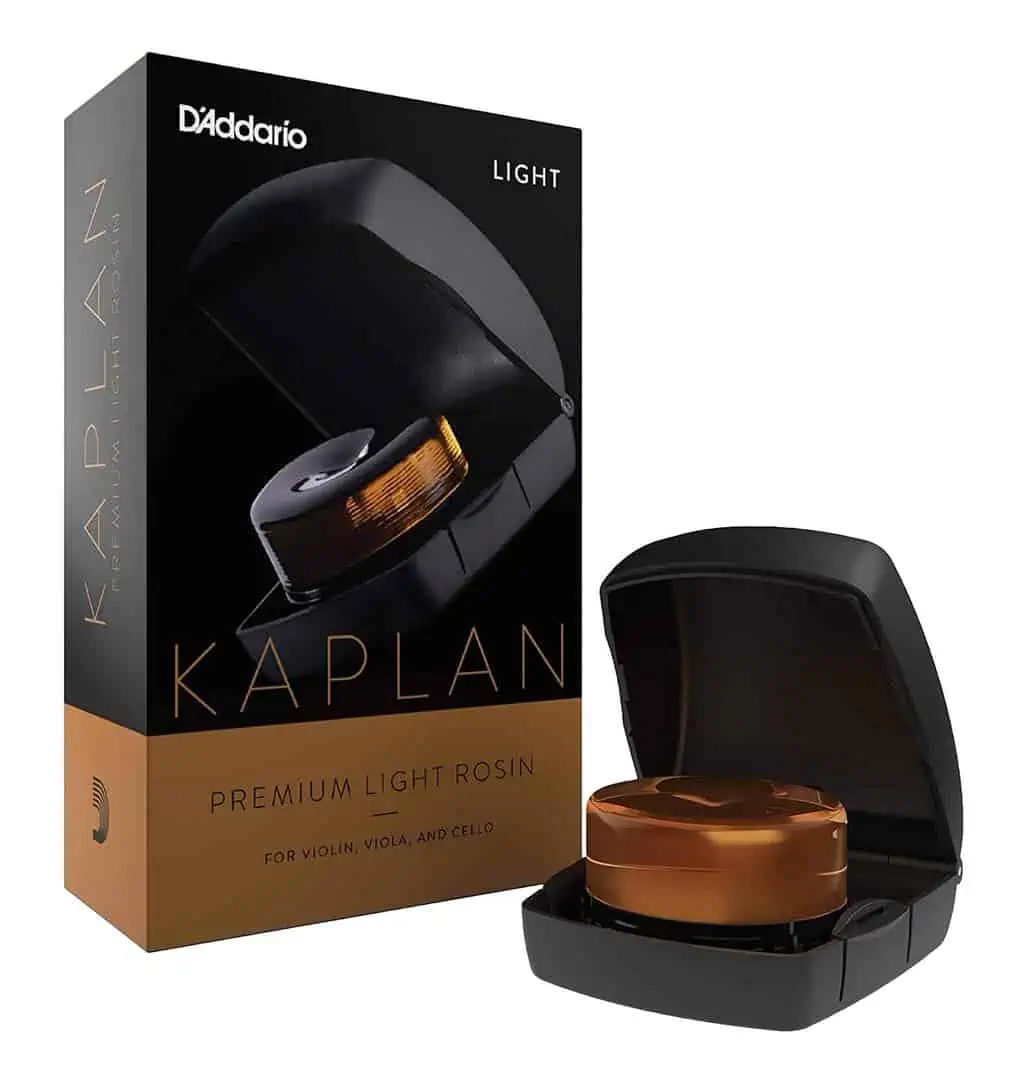
COMES WITH: Premium case that is designed for one-handed use
FEATURES: The original low-dust recipe handed down from Ladislav Kaplan
D'Addario Kaplan Premium Light Rosin
- Amazing Case
- Low Dust
- A Pleasure To Use
- None!
When you click ‘Check Price’, you’ll see there are loads of great places to buy this item. Our personal favorite is Sweetwater for the US, and Thomann and Gear4Music for the UK & Europe.
They are the largest music retailers, with excellent customer service, competitive prices, really fast shipping, and the longest guarantees.
The professional musician who wrote this article combined many things,
from the product build, manufacturer’s reputation through to feedback
from other users, to create our famous TedScore™.
Now, if you’re curious about frequencies, you’re in for a treat!
G string: hums at about 196 Hz (that’s a G3!)
D string: vibrates at 293.7 Hz
A string produces sounds at 440 Hz
E string: vibrate at 659.3 Hz
You’ll usually start in the ‘first position,’ where your hand is nearest the scroll.
Here, you have a cozy range from G3 to B flat on the E string—nearly two octaves at your fingertips!
As you shift positions, your note range increases, along with your street cred as a versatile violinist.
The Importance of
the G String
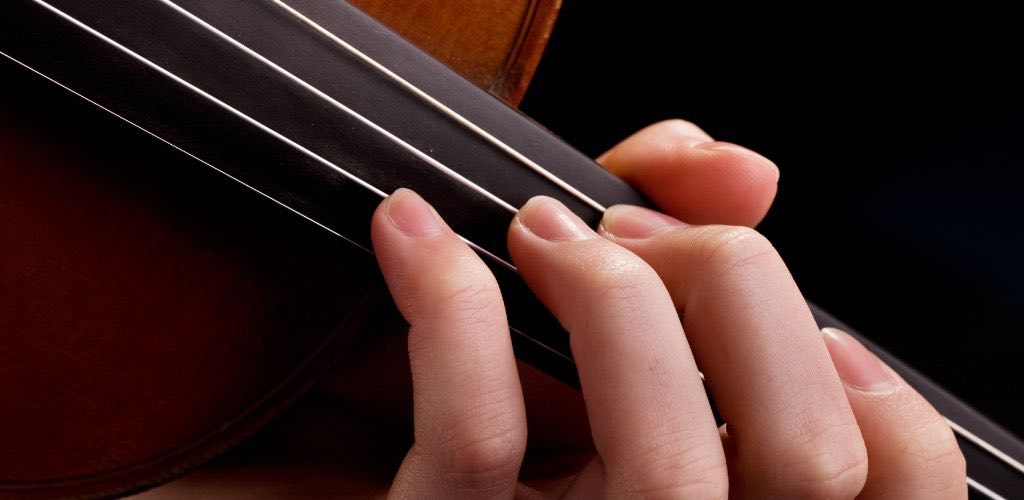
Ah, the G string!
It’s not just for dramatic effect in music; it’s the heart of your violin’s lower-pitch landscape, contributing significantly to the violin’s range.
Playing on the open G string is your golden ticket to deep, warm tones that resonate with the soul.
And there’s more!
Mastering it is your foundation for intonation—getting those pitches just right.
A trusted tuner is one way to get the right pitch and tune.
The D’Addario PW-CT-14 Micro Violin Tuner is an indispensable, discreet tool that offers precise tuning without hindering the aesthetic of my violin, ensuring my instrument is always concert-ready.
D’Addario PW-CT-14 Micro Violin Tuner
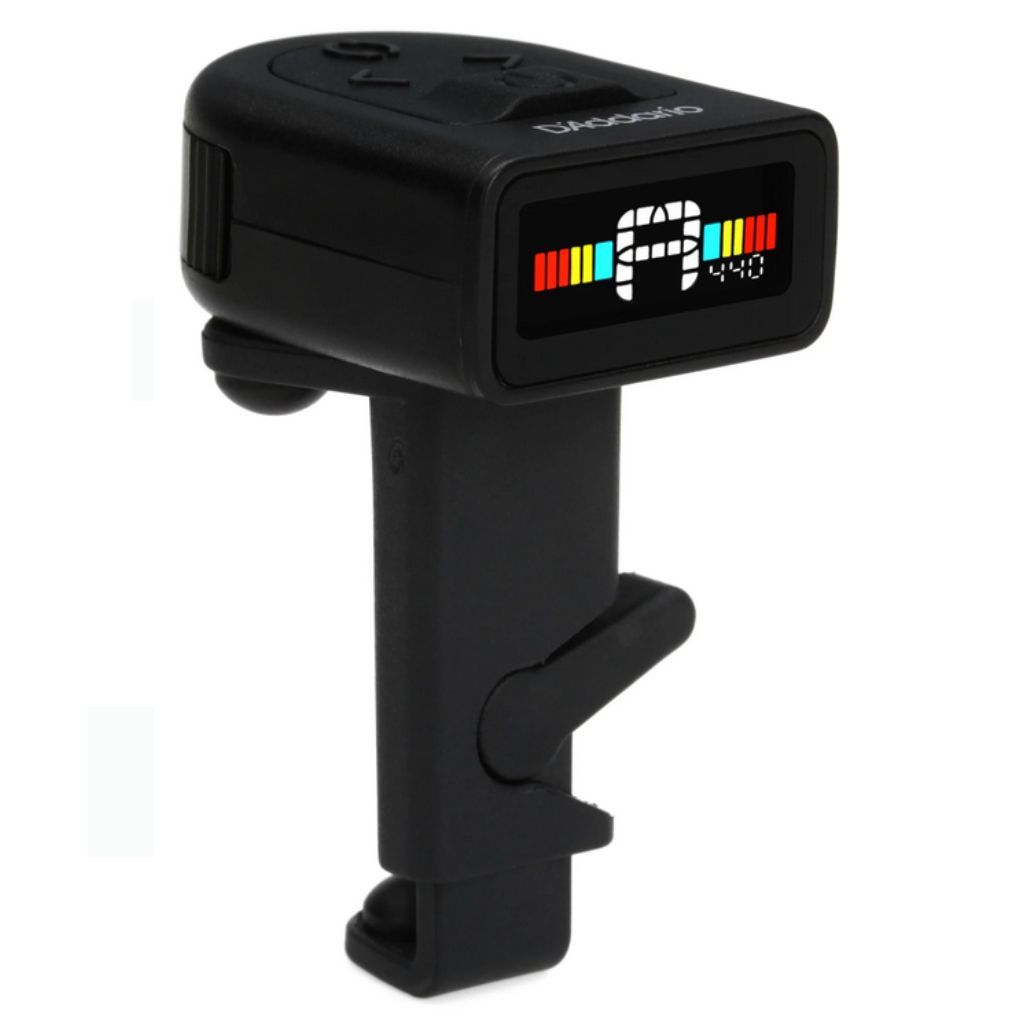
FEATURES: Easily and securely clamps onto your instrument without marring its finish
OTHER INFO: Fastpitch response and high-visibility display
- Clip-on tuner with padded mounts to fit practically any violin
- Wide calibration range to accommodate a variety of tuning standards
- No Cons!
When you click ‘Check Price’, you’ll see there are loads of great places to buy this item. Our personal favorite is Sweetwater for the US, and Thomann and Gear4Music for the UK & Europe.
They are the largest music retailers, with excellent customer service, competitive prices, really fast shipping, and the longest guarantees.
The professional musician who wrote this article combined many things,
from the product build, manufacturer’s reputation through to feedback
from other users, to create our famous TedScore™.
The G string is the gateway to techniques that spice up your violin musical life. From lush vibratos to sultry slides, your skill with this string can genuinely make your performances shine!
What is the Lowest Note Possible on a Violin?
The lowest note possible on a violin is G3, which is produced by playing the open G string. This note is the foundation of the violin’s rich, resonant sound.
The G string, being the thickest of the violin strings, vibrates at a frequency of 196 Hz, creating a deep and warm tone that is essential to the instrument’s lower range.

But did you know that you can explore even lower notes on your violin?
By using cross-tuning techniques, you can detune the G string to reach notes like F3 or even D3.
This involves adjusting the tension of the string to lower its pitch, allowing you to explore deeper, more resonant sounds.
Additionally, some violins with longer fingerboards can more easily achieve these lower notes.
Mastering the open G string and experimenting with finger placement can open up a world of musical possibilities.
Whether you’re playing a soulful melody or a dramatic piece, the G string’s deep tones can add a layer of emotional depth to your performance.
Violin Frequency and
Sound Level Range
Understanding the violin’s frequency and sound level range is crucial for any aspiring violinist. These aspects define the instrument’s versatility and its ability to produce a wide array of sounds.
Violin Frequency Range
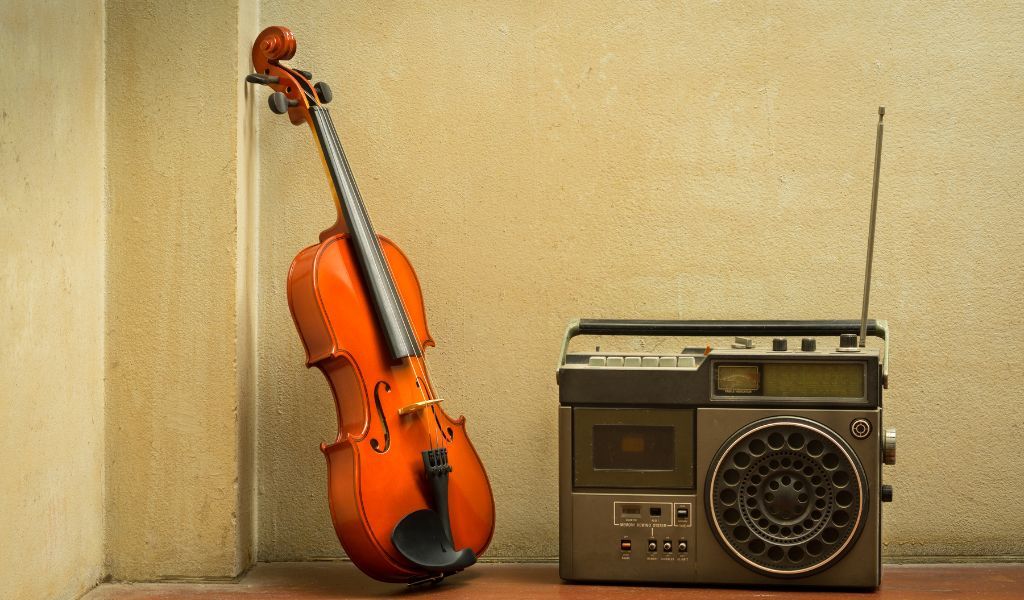
The violin’s frequency range is a testament to its versatility. The lowest note on a standard violin is G3, with a frequency of 196 Hz.
On the other end of the spectrum, the highest note is A7, which vibrates at an impressive 3520 Hz.
However, the violin’s range doesn’t stop there. By using techniques like artificial harmonics or playing on a more extended fingerboard, you can reach even higher frequencies, with the highest note being D8 at 4698.63 Hz.
This extensive frequency range allows the violin to produce a wide variety of tones, from the deep, resonant sounds of the G string to the bright, piercing notes of the E string. Each string—G, D, A, and E—contributes to this range, offering a unique palette of sounds for the violinist to explore.
Violin Sound Level Range (Dynamic Range)

The violin’s sound level range, or dynamic range, is equally impressive.
This range is measured in decibels (dB) and reflects the instrument’s ability to produce sounds at different volumes. The softest sound a violin can make is around 70 dB, while the loudest can reach up to 90 dB.
With the aid of a microphone or an electric violin, these levels can be pushed even higher.
The violin’s dynamic range is influenced by the player’s technique and the type of music being played.
A gentle, legato melody might hover around 70 dB, creating a soft, soothing sound. In contrast, a powerful, virtuosic piece can push the sound level to around 90 dB, filling the room with its intensity.
Various factors, such as the type of strings used, the instrument’s setup, and the player’s technique, also affect the violin’s frequency and sound level ranges.
For instance, the G string is typically tuned to G3 (196 Hz), the D string to D4 (293.66 Hz), the A string to A4 (440 Hz), and the E string to E5 (659.26 Hz).
Each string’s unique frequency contributes to the overall sound of the violin, making it a versatile and dynamic instrument.
By understanding and mastering these ranges, you can unlock your violin’s full potential, creating music that resonates with depth and clarity.
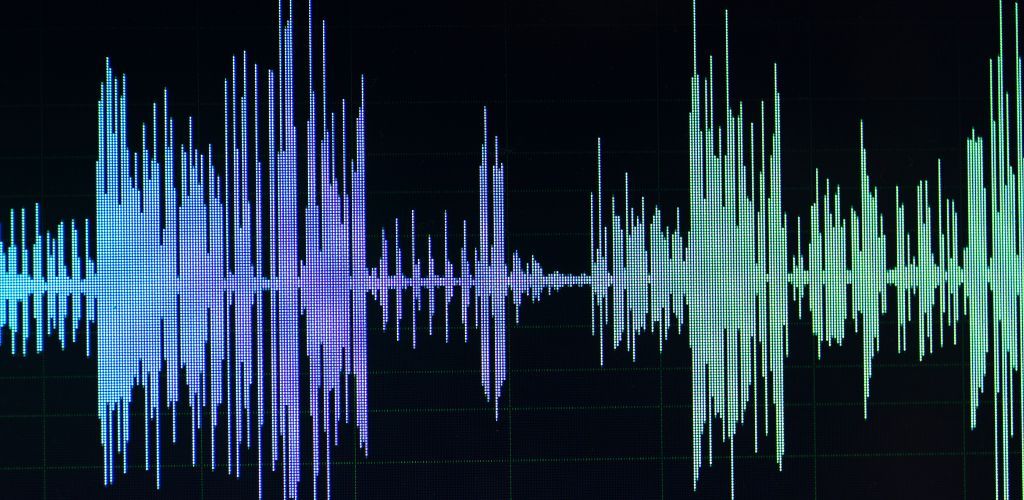
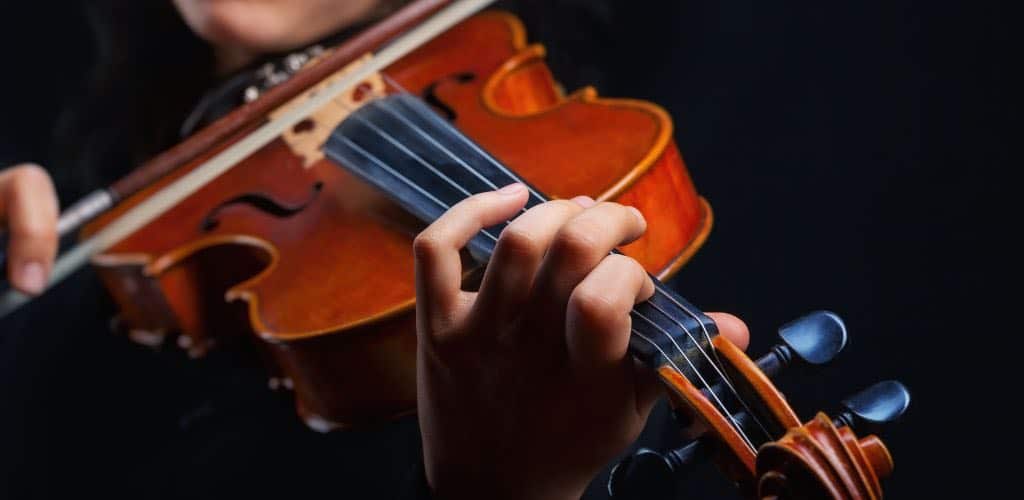
Playing Techniques and Notation
In your journey to mastering the violin, it’s essential to get comfortable with how your fingers dance across the string to hit that lowest note and to understand the violin’s range.
You’ll find that not only does proper technique lead to a purer sound, but knowing how to read sheet music propels you towards more expressive performances.
Fingering and Finger Placement
Your technique is critical to producing the lowest note, the open G on the violin. Exploring the violin’s range, which spans just over 5 octaves, will help you understand the instrument’s full potential.
Imagine your left hand as an agile spider—each finger has its designated spot, ready to press the string with just the right amount of pressure.
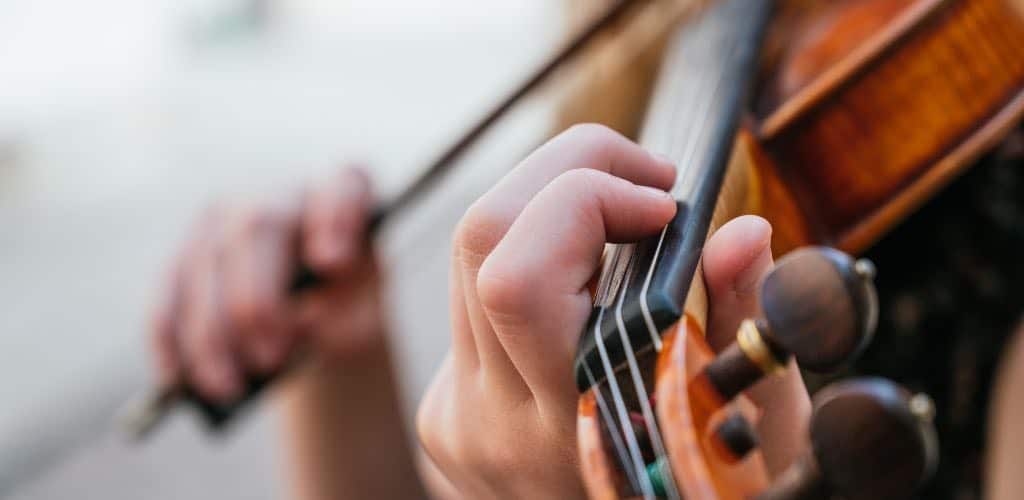
For starters, familiarize yourself with the fingerboard geography. Your index finger is ‘the first finger,’ your middle finger is ‘the second,’ your ring finger is ‘the third finger,’ and your pinky finger is ‘the fourth finger.’
You’ll position these on the four strings (G, D, A, E) according to the note you aim for.
You can also use a fingering chart; it’s your map to mastering positions.
When you’re learning, the first position is your home base, where your hand is nearest to the scroll.
As you progress, you’ll venture further into the territories of third, fourth, or even seventh position!
Reading Music and Sheet Notation
Decoding sheet music is like reading a language of symbols and signs. Understanding this language is essential for navigating the violin’s range, which spans just over 5 octaves.
Think of the staff as the sentence, with the clef as the capital letter that begins the story. Your violin’s narrative unfolds in the treble clef.
Your key signature is like the context; it sets the stage for the sharps or flats you’ll encounter.
As your eyes scan each line, the time signature whispers the rhythm’s secret, telling you how many beats to savor in each measure.
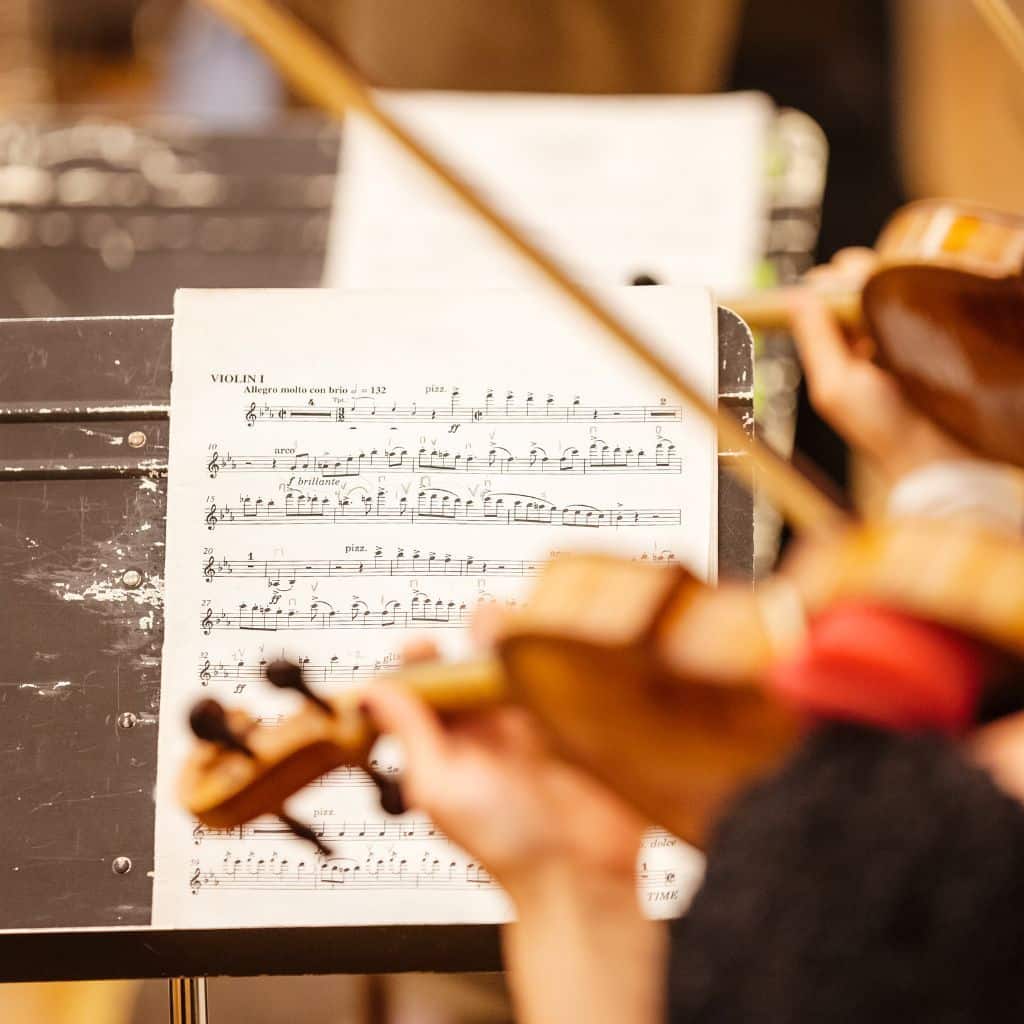
Every dot and line is a character in your musical tale.
Ledger lines are the stepping stones for notes that wander off the stave, and each note’s duration, from whole notes to sixteenth notes, adds to the rhythm’s ebb and flow.
Remember, sight-reading is your friend, not a foe!
With practice, you’ll start recognizing patterns and reading music will become as intuitive as humming your favorite tune.
Lowest Note On Violin:
Things to Remember!
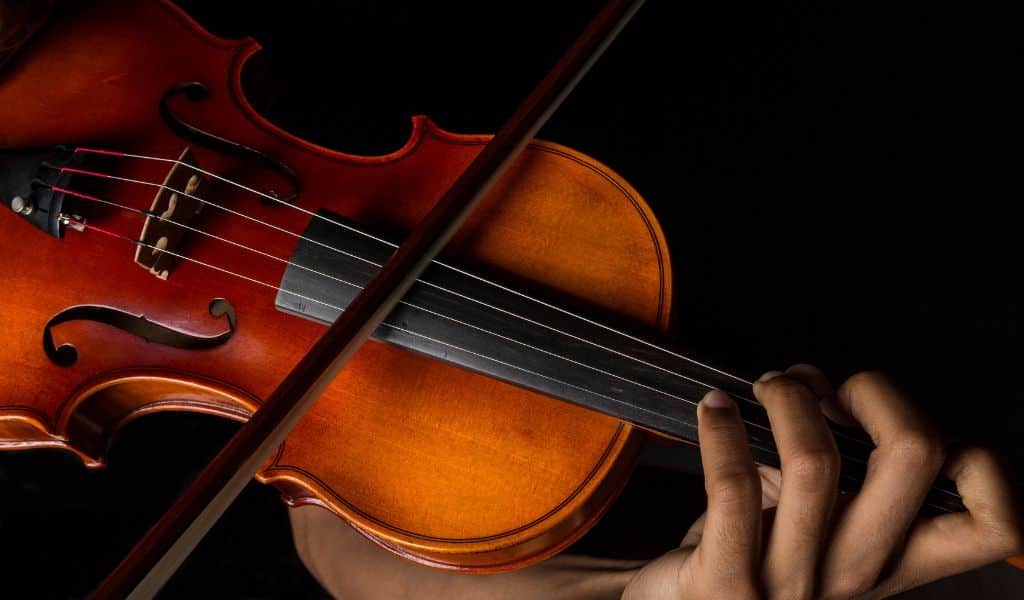
Wondering about the deepest, richest sound your violin can produce? Well, G3 is the note you’re reaching for, and it is a crucial part of the violin’s range.
That’s right! The low G string offers the same warm and deep vibration, resonating with a frequency of approximately 196.00 Hz.
Do you feel like testing it out? Go ahead, pluck that G string gently, and let the sound wave envelop the room.
It’s the fourth string on your instrument, and its depth can genuinely make your heart hum. Rest assured; your violin cannot naturally go below this note without detuning or a slight modification.
Boldly explore the aural landscape from G3—it’s the foundation upon which melodies can soar.
- E4
- A4
- D4
- G3*(That’s your star!)*
Remember, while G3 might be the lowest, the magic of the violin lies in its diverse range.
Dance between the highest E and this grounding G, and feel how your violin sings!
Don’t go yet! There’s more!
It’s good to know about the different pitches and the comfortable range of your violin. But it’s also good to learn more about how a reasonable violin costs. If you’re curious about what budget you need to make to have a good violin, read the following article!
FAQ's
The open strings of a violin, ordered from the lowest pitch to the highest notes, are G3, D4, A4, and E5. Depending on the violinist’s skill level, the range typically extends from G3 to C8, including fingered notes.
The violin is tuned in perfect fifths, and the lowest pitch on a standard violin is the open G string, known as G3, which is just two notes below middle C (C4) on the piano. However, violists can achieve a lower concert pitch using alternative tunings or extending the range with fingered notes.
The standard note range of a violin typically spans from G3, the open G string, up to about C8, using higher positions and harmonics. This extensive span contributes to the violin’s range, making it the string family instrument with the broadest range and the highest frequencies. The exact upper limit can vary depending on the player’s skill and the specific composition being performed.
The lowest string on a violin is called the G string. It is the fourth string when counting from the highest-pitched string, E, and it produces the lowest pitch on the instrument when played open.










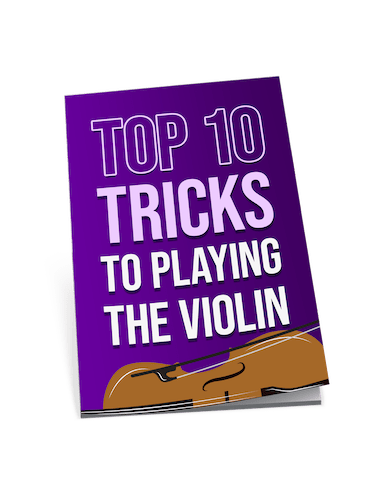
Kate Telfer, while I appreciate the effort to explain violin frequency and sound level ranges, there seems to be a bit of oversimplification. The dynamic range of a violin isn’t just about the softest to loudest sound it can make; it’s also about the textures and color changes a player can produce at different dynamics. Moreover, the specific frequencies a violin can produce depend highly on the skill of the musician and the quality of the instrument. It might also be worthwhile to mention how modern electronic enhancement can extend these ranges further.
All this tech talk is fine, but nothing beats the pure sound of an acoustic violin, in my opinion.
Well said, StringTheorist! Bringing tech into the mix opens up a whole new world for traditional instruments like the violin. Can’t wait to see how this evolves.
I find the section on playing techniques somewhat lacking. Fingering and finger placement are indeed crucial, but what about bowing techniques? Vibrato? Isn’t it essential to discuss how different bow strokes or vibrato speeds can dramatically change a piece’s sound and feel? These are fundamentals that a beginner must understand early on.
cool to see talk about the G string, it’s my fav to play on cause it’s got that deep sound. never knew it was the lowest note tho
hey, just started learning violin and came across this. I’m curious about the frequency range part. does that mean there’s a limit to the pitches I can play? how does that compare to other instruments like piano?
That’s a great question, MilesT! Yes, every instrument has its unique frequency range, so the violin can’t reach the lowest notes of a piano but excels in its high range.